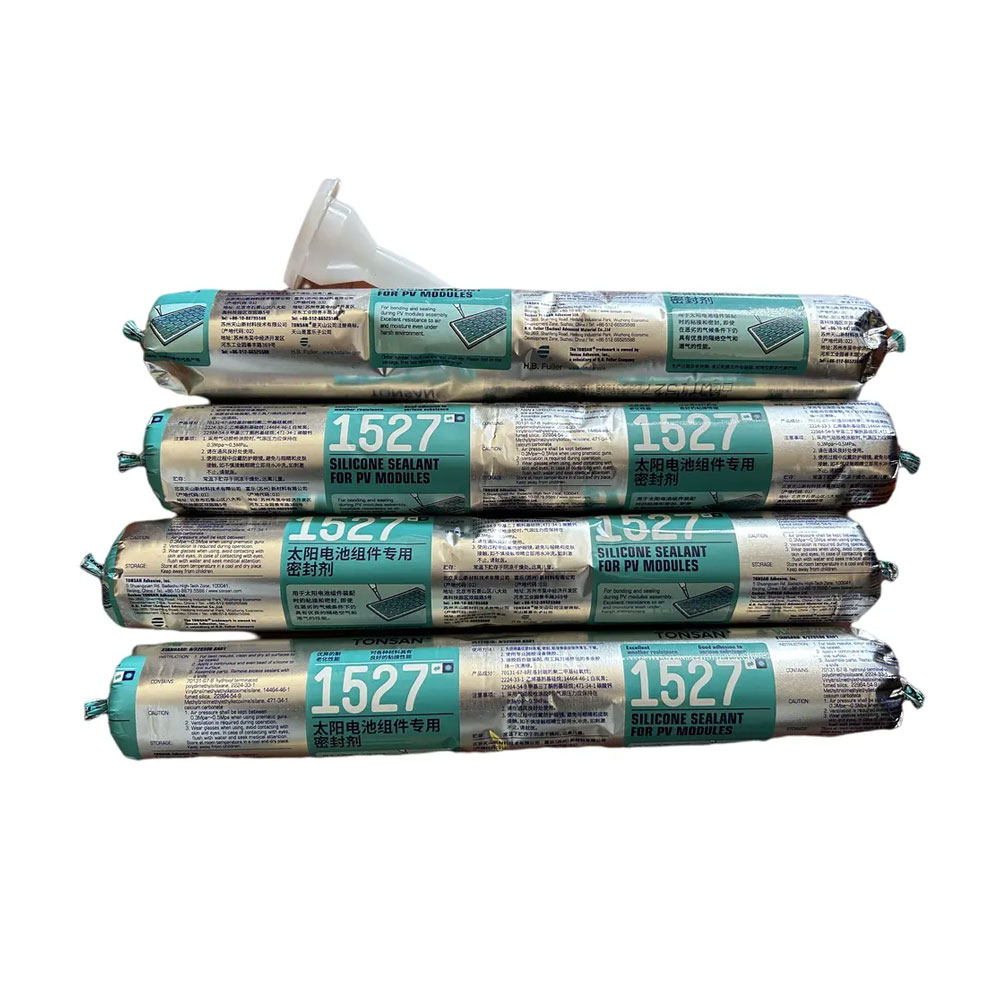Solar cell sealant is an essential element for the product and conservation of solar cells, which are pivotal factors in sustainable energy storehouse systems. Sealants help to cover solar cells from environmental factors similar as humidity, dust, and extreme temperatures, which can beget damage and reduce their effectiveness.
There are several types of solar cell sealants available on the request, including silicone sealants, epoxy resin sealants, and tenacious sealants. These sealants come in different phrasings and are designed to meet specific performance conditions for different types of solar cells. One of the primary benefits of using solar cell sealants is that they help to ameliorate the overall effectiveness of solar cells. By guarding the cells from environmental factors, sealants help to maintain the integrity of the cell structure and help declination over time. This not only extends the lifetime of solar cells but also increases their affair capacity.
In addition to perfecting effectiveness, sealants also play an important part in maintaining the structural integrity of solar cells. The sealant helps to produce a penetrable seal around the cell, precluding humidity and other pollutants from entering and causing damage. This is particularly important in out-of-door installations where exposure to the rudiments can be high. Overall, solar cell sealants are a vital element in the product and conservation of solar cells, helping to ameliorate effectiveness, extend lifetime, and insure optimal performance. As renewable energy continues to gain fashionability, the demand for high- quality sealants will only increase, making them an important area of exploration and development for the future of sustainable energy storehouse.


